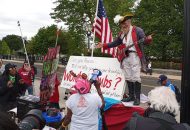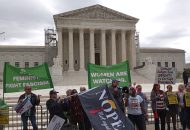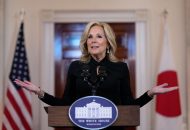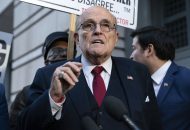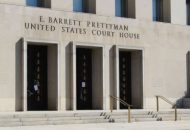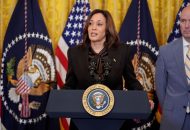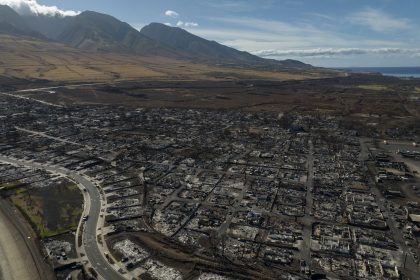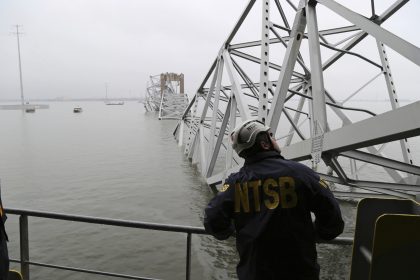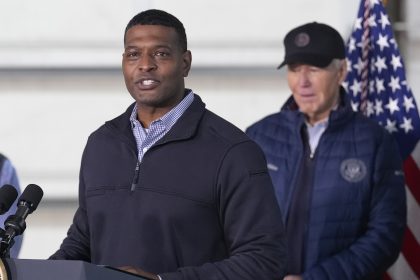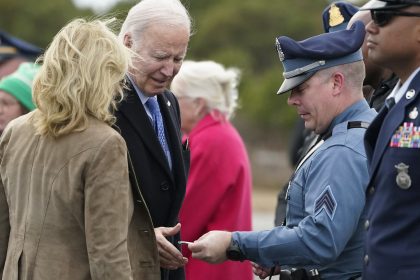Infrastructure Bill Advances Even Before Ink Dries On Completed Bill Text
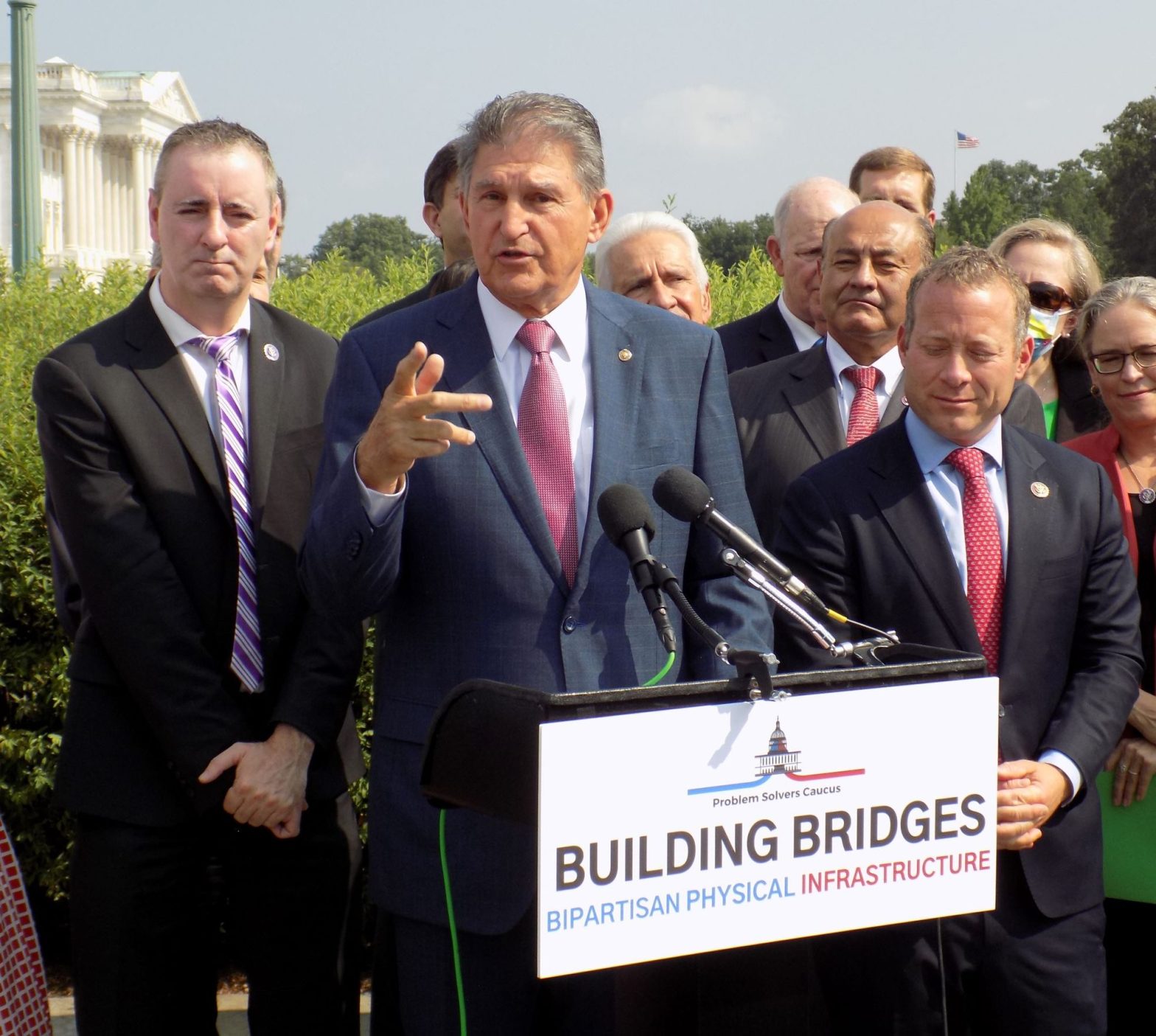
WASHINGTON — Members of the House and Senate gathered outside the Capitol Friday to celebrate this week’s progress on the largest infrastructure bill in U.S. history, and to remind everyone that the legislation still has a ways to go before the $1.2 trillion proposal becomes a reality.
“There’s great energy behind this bill … but please know that we’re not done yet,” said Sen. Jon Tester, of Montana, one of the bipartisan group of senators who negotiated the deal with the White House.
“We have never had an investment in infrastructure like this, ever,” he said at a press conference hosted by the House Problem Solvers Caucus. “We’ve talked about it in past Congresses, but now we have something to actually work on.
“So we’re not spiking the ball. We’ve still got a lot of work to do, but we’re going to get this baby across the finish line,” Tester said.
As he and other lawmakers spoke outside, over on the other side of the Capitol, Senators voted 66-28 to proceed to consideration of the bill.
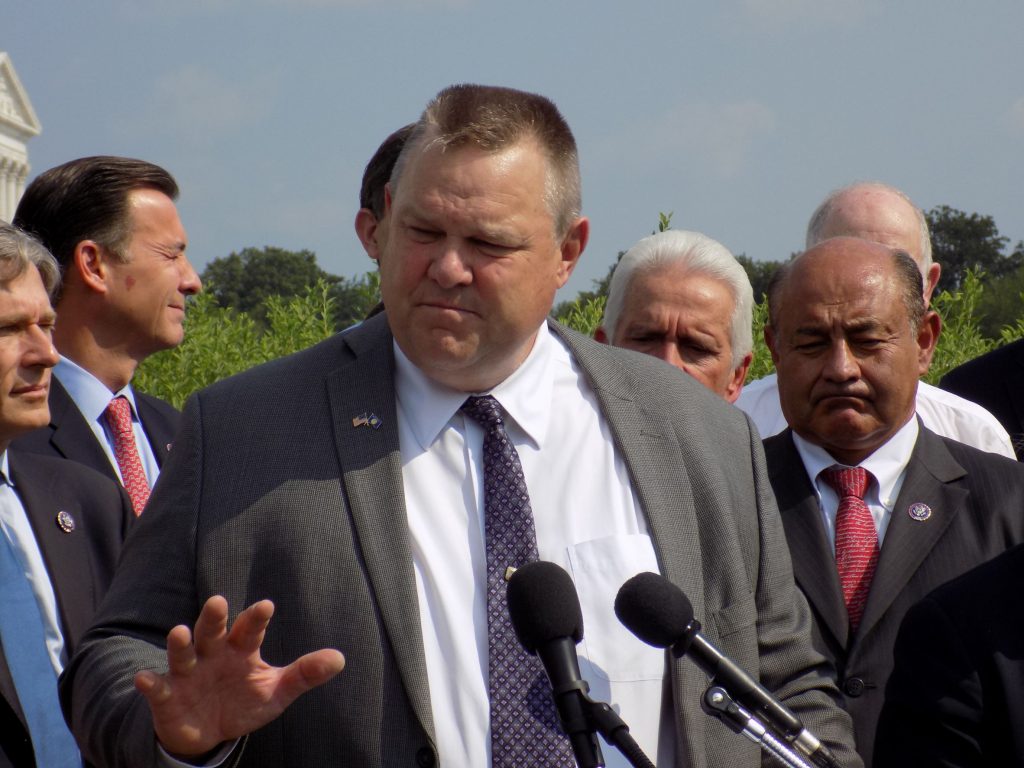
But even inside, the mood in the chamber was confident, expectant, but also leavened with a touch of concern about what hurdles and disagreements might lay ahead.
In fact, the legislation’s first test came shortly after the Senate began the procedural vote, when Sen. John Thune, R-S.D., brought it to a momentary halt by indicating Republicans wanted to see the full text of the bill before agreeing to go forward.
Thune’s action inspired a rash of discussion before the vote resumed.
Later, Senate Majority Leader Chuck Schumer, D-N.Y., said he planned to introduce the text of the bill later in the day on Friday, and he also predicted that the chamber should be able to process the legislation quickly given the bipartisan support.
The goal is to get it done — in the Senate, at least — before the August recess.
“We may need the weekend, we may vote on several amendments, but with the cooperation of our Republican colleagues I believe we can finish the bipartisan infrastructure bill in a matter of days,” Schumer said.
Sen. John Cornyn, R-Texas, however, told reporters he believes the process will go much slower.
“It’s going to be a grind,” he said.
Sens. Rob Portman, R-Ohio and Kyrsten Sinema, D-Ariz., released a statement saying they were close to finalizing the legislative text and hope to make it public later in the day.
“We are close to finalizing legislative text that reflects the work of the bipartisan working group,” they wrote. “While various pieces of legislative text have been circulating among members, staff and the public for days, if not weeks, none of it is the final legislative text and should not be considered as such.
“When legislative text is finalized that reflects the product of our group, we will make it public together consistent with the bipartisan way we’ve worked for the last four months,” the senators said.
The bipartisan plan includes $550 billion in new spending over five years. However, its funding — including the use of untapped COVID-19 relief aid and relying on projected future economic growth — could become an issue with fiscal conservatives in both houses of Congress and deficit hawks.
Among the major investments are $110 billion for roads and bridges, $39 billion for public transit and $66 billion for rail. There’s also $55 billion for water and wastewater infrastructure as well as billions for airports, ports, broadband and electric vehicle charging stations.
The passage of the final legislation in the Senate will usher in the next debate on the Hill over President Joe Biden’s much more ambitious $3.5 trillion spending package.
That bill is likely only to be supported by Democrats who intend to pass it through reconciliation so as not to run the risk of having Republicans block it.
Outside the Capitol, Sen. Joe Manchin, D-W.Va., told reporters “there are few things today, in the very toxic environment we have now, that can bring Republicans and Democrats together.”
“One is our military and law enforcement; the next is infrastructure,” he said.
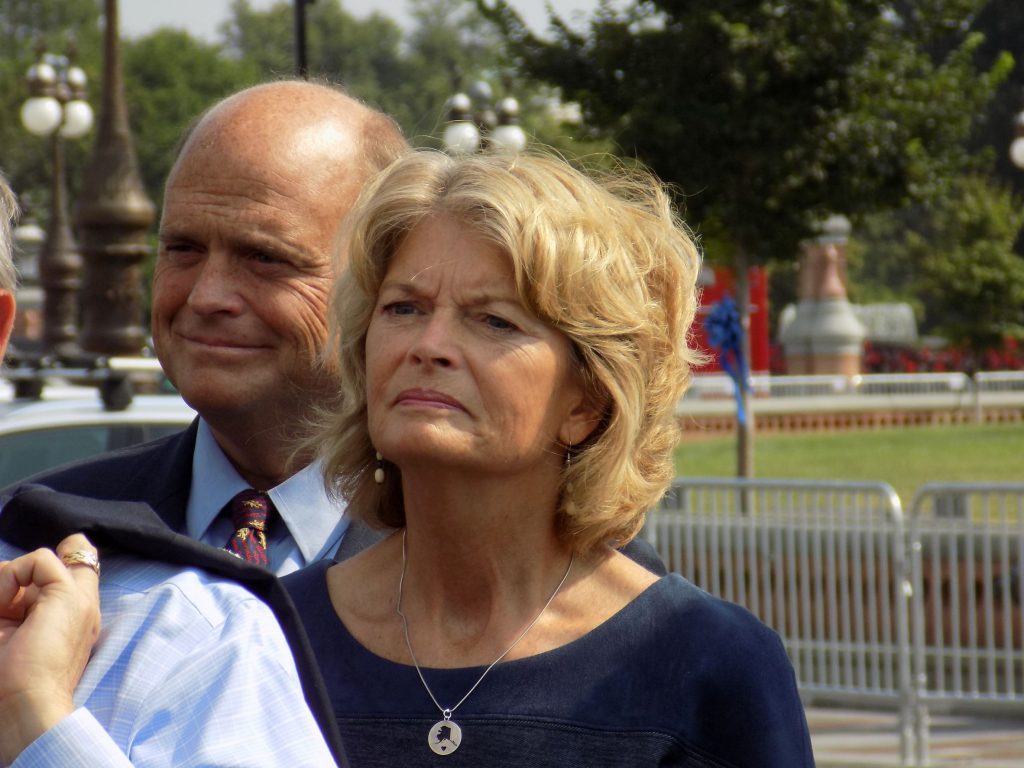
“I’ve said this before, I’ve never seen a pothole with an R or a D on it. If you have the misfortune of hitting it, it’ll bust your tire and tear your car up. If you’re on the wrong bridge at the wrong time, you’re in danger.
“So this is what America wants. More Americans support this [effort] than anything I’ve seen since I’ve been here. And think about this: you now have Chuck Schumer and Mitch McConnell … voting for the same thing.”
Manchin acknowledged that the bill is big, and that it’s like “nothing we have done before and nothing we will do after, but five to 10 years from now, we’ll still be bearing fruit from this.”
All of the Senators gathered outside the Capitol acknowledged the work of the Problem Solvers Caucus in the House to support their efforts and build momentum for the bill’s passage in the House.
Sen. Lisa Murkowski, R-Alaska, said crafting the deal with the White House was “about problem solving and also about outcomes.”
“The American people want to know that we’re going to be able to deliver something. And when they know that we’ve been about to work together, as Republicans and Democrats, to solve problems of this scope, it’s not only good from a policy perspective, it’s critical from the perspective of the institution, this Congress.
“Can we all just stipulate that we’re sick and tired of sending out messages just to send a message, and instead demonstrate that we can actually work together to produce results and positive outcomes?” she asked rhetorically. “That’s what this is about/”
The message from Reps. Josh Gottheimer, D-N.J. and Brian Fitzpatrick, R-Pa., co-chairs of the Problem Solvers Caucus, and their members, was that House Speaker Nancy Pelosi should allow a stand-alone on the bipartisan plan.
Previously she has said she will only allow a vote on an infrastructure bill if the Senate also passes the bigger package the White House wants.
“This bill … shows that we can govern together, that bipartisanship and civility are alive and well,” Gottheimer said. “I’m confident that when this bill gets sent to the House from the Senate, with the president and the White House firmly behind it, that we will take it quickly for a strong, stand-alone, bipartisan vote, because that’s what the country wants.”
Rep. Dusty Johnson, R-S.D., agreed, saying he’s “not asking Speaker Pelosi today to support the bill. I’m asking for something a lot more basic than that. I’m asking to give us a vote. Let us vote.”
Tester supported that notion.
“It’s not about division,” he said. “It’s about bringing people together and working together as Democrats, Republicans, not for a party, but for the betterment of this country.”









